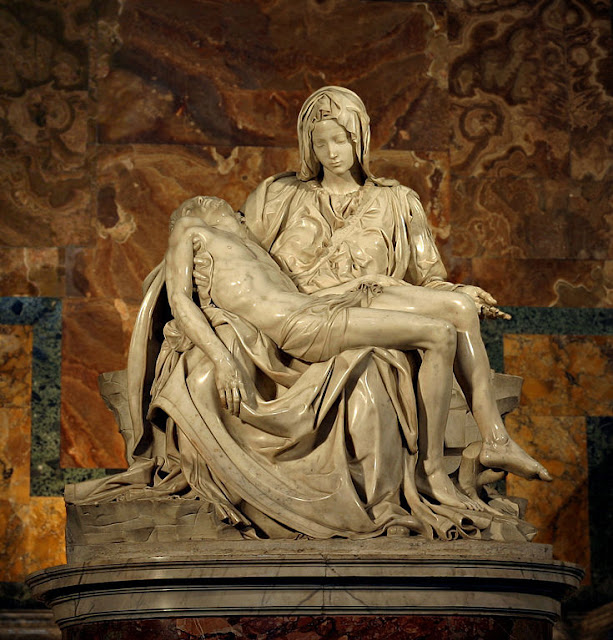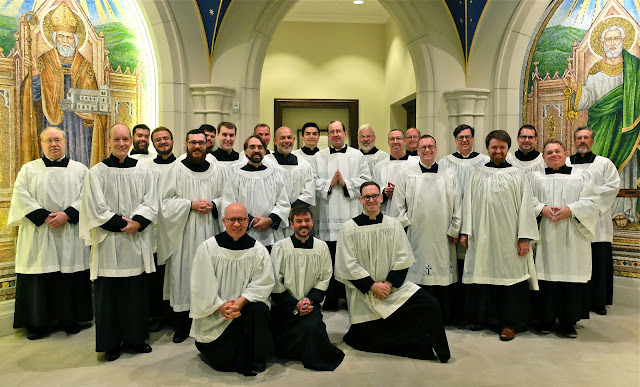Unleavened Bread | Christ The Leaven

Catholics, specifically we of the Latin (Roman) Rite, use unleavened bread in the Eucharist (Holy Communion) primarily because it is acknowledged to be the type of bread that Jesus used at the Last Supper, which coincided with the Jewish Passover Seder, where unleavened bread is traditionally used. The practice acknowledges the connection of the Mass to the Last Supper and Jesus's sacrifice.
Historical Context
During the time of the Last Supper, the Jewish Passover meal (Seder) was being celebrated, and Jewish law mandated the use of unleavened bread (matzah).
Symbolism
Unleavened bread, lacking leaven (yeast), symbolizes purity and the absence of sin.
Tradition and Continuity
By using unleavened bread, the Catholic Church maintains a link to the historical Last Supper and emphasizes the continuity of the Eucharistic sacrifice from that event.
Eastern Catholic Churches
While the Eastern Catholic Churches also celebrate the Eucharist, some of them use leavened bread, reflecting different liturgical traditions and interpretations of the Last Supper.
The Offertory | Form One | Divine Worship: the Missal
Receive, O holy Father, almighty and everlasting God, this spotless host,... .
The Roman Canon | Divine Worship: the Missal
THEREFORE, most merciful Father, we humbly pray thee, through Jesus Christ thy Son our Lord, and we ask, that thou accept and bless these gifts, these offerings, these holy and unblemished sacrifices.
Transubstantiation
Christ is the leaven. Christ is the yeast. He was made sin for us.The Catholic Church believes that during the consecration in the Eucharist, the bread and wine are transformed into the Body and Blood of Christ (transubstantiation). The type of bread (leavened or unleavened) does not change the belief in the real presence of Christ.
2 Corinthians 5:21 | For our sake he made him to be sin who knew no sin, so that in him we might become the righteousness of God.
1 Corinthians 5:7–8 Biblia Sacra Vulgata
Expurgate vetus fermentum, ut sitis nova conspersio, sicut estis azymi. Etenim Pascha nostrum immolatus est Christus. Itaque epulemur: non in fermento veteri, neque in fermento malitiae et nequitiae: sed in azymis sinceritatis et veritatis.
1 Corinthians 5:7–8Purge out therefore the old leaven, that ye may be a new lump, as ye are unleavened. For even Christ our passover is sacrificed for us: Therefore let us keep the feast, not with old leaven, neither with the leaven of malice and wickedness; but with the unleavened bread of sincerity and truth.
1 Corinthians 5:7-8 RSVCECleanse out the old leaven that you may be a new lump, as you really are unleavened. For Christ, our paschal lamb, has been sacrificed. Let us, therefore, celebrate the festival, not with the old leaven, the leaven of malice and evil, but with the unleavened bread of sincerity and truth.
The Pascha Nostrum | Divine Worship: the Missal
The People kneel. As the Priest takes the Host and breaks it, he sings or says: (Alleluia.) Christ our Passover is sacrificed for us;People: Therefore let us keep the feast. (Alleluia.)
Rome had a sizable Jewish population, estimated to be several thousand people, and it would have been entirely logical for the community to understand the significance of the use of unleavened bread and, as a result, the connection between the Lord's Supper, i.e., the Mass, and the Last Supper and Jesus' sacrifice.
.jpg)





Comments
Post a Comment
Your comments will be appreciated and posted if 1) they are on topic and 2) preserve decorum.
Stand by your word.